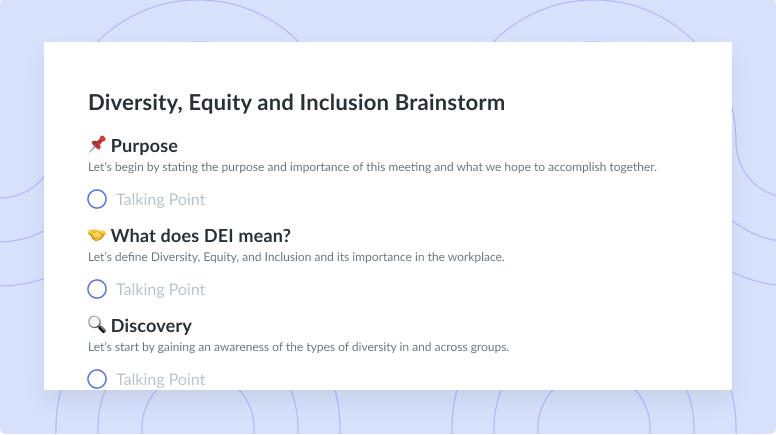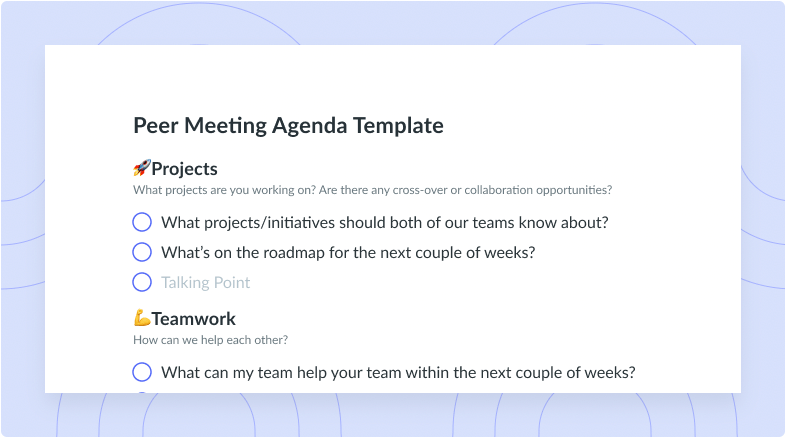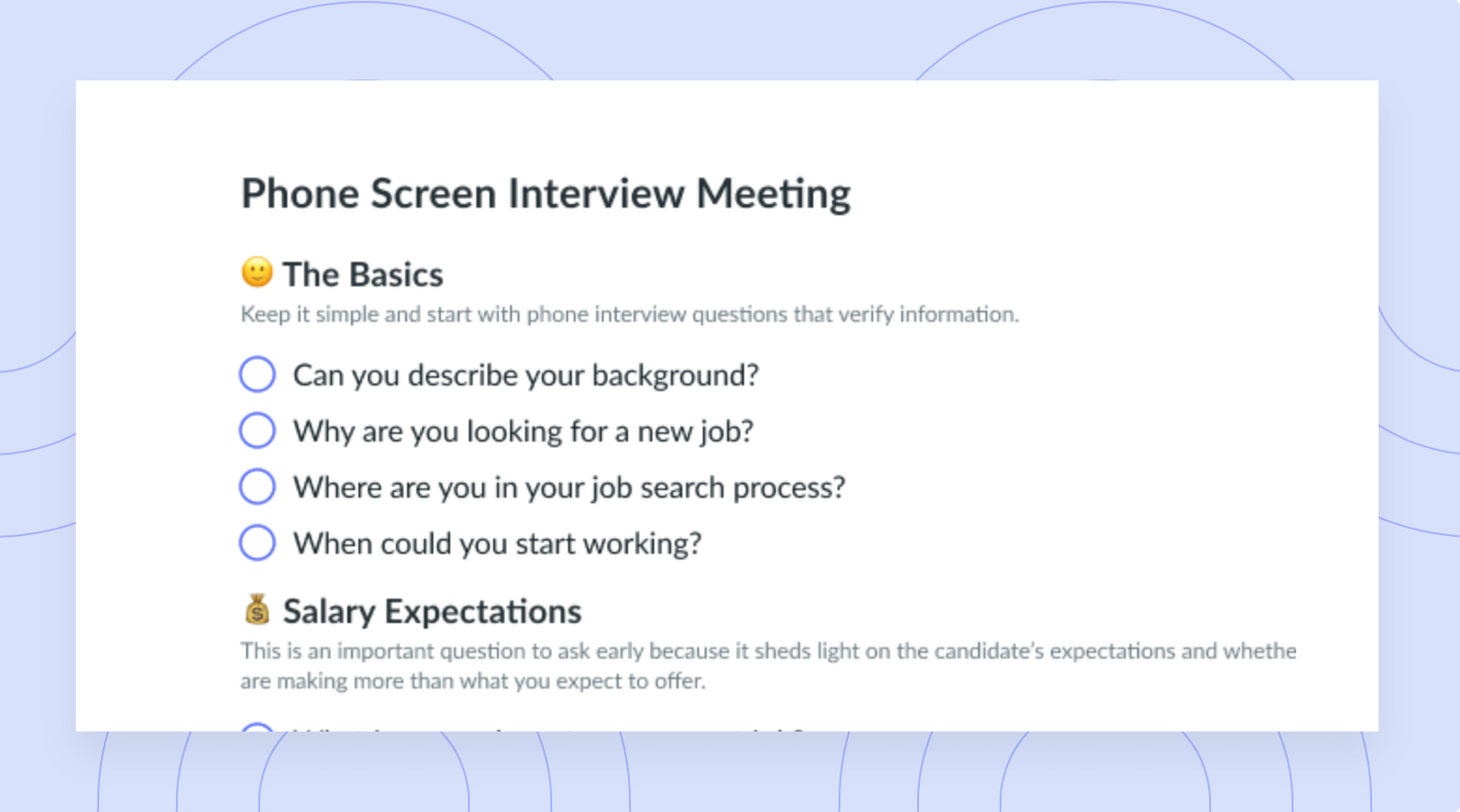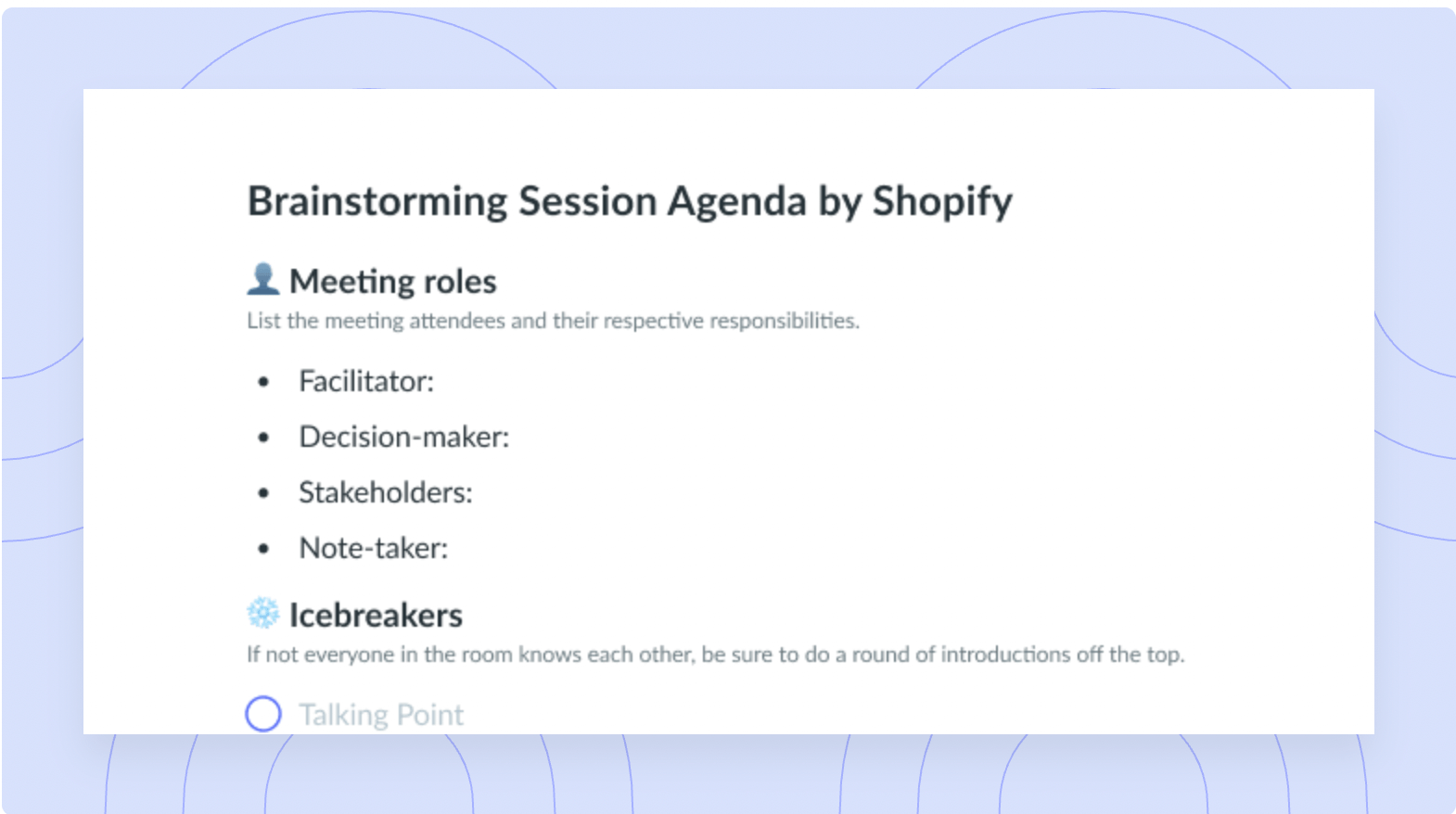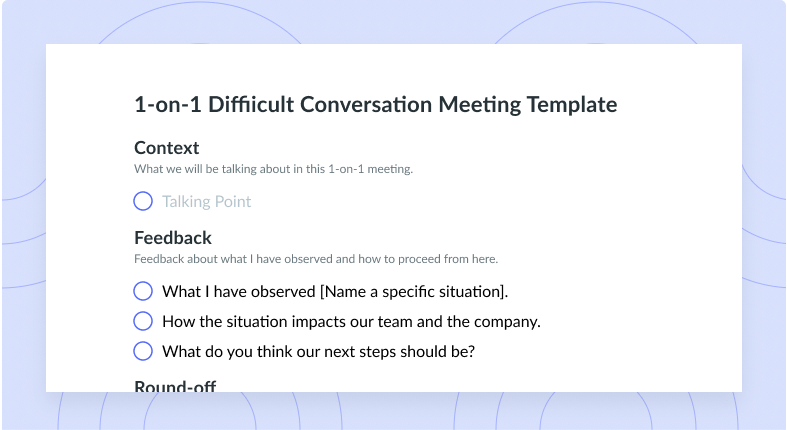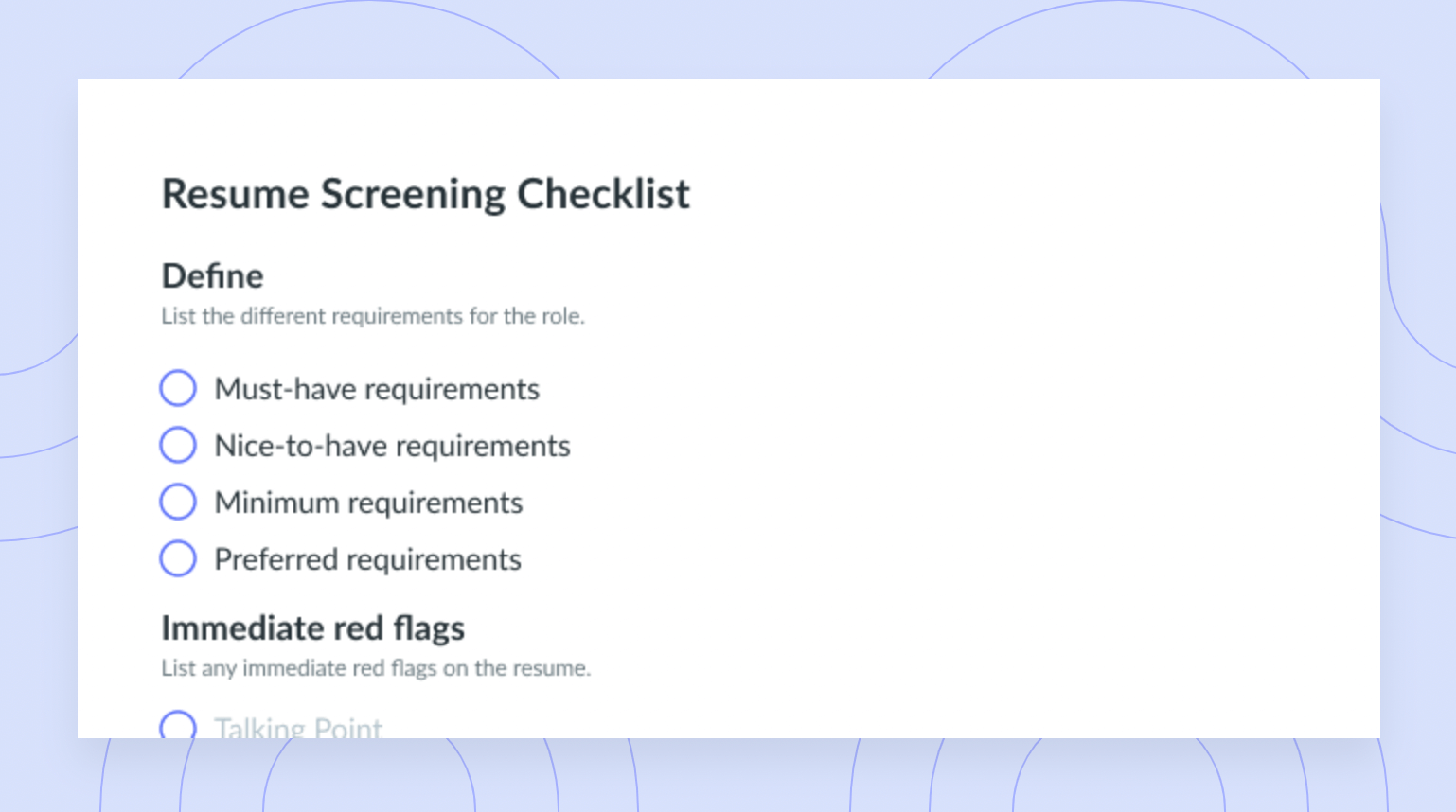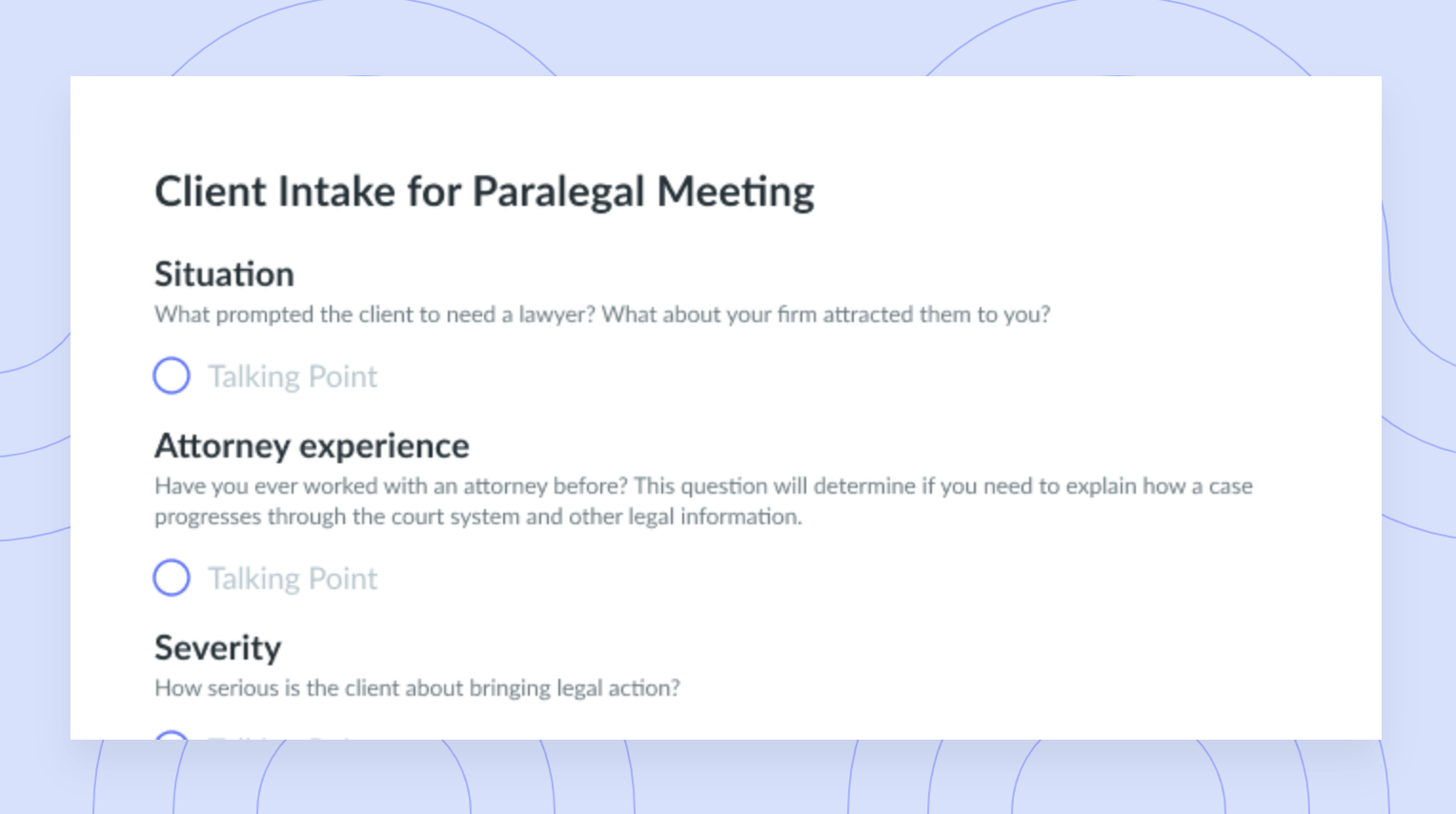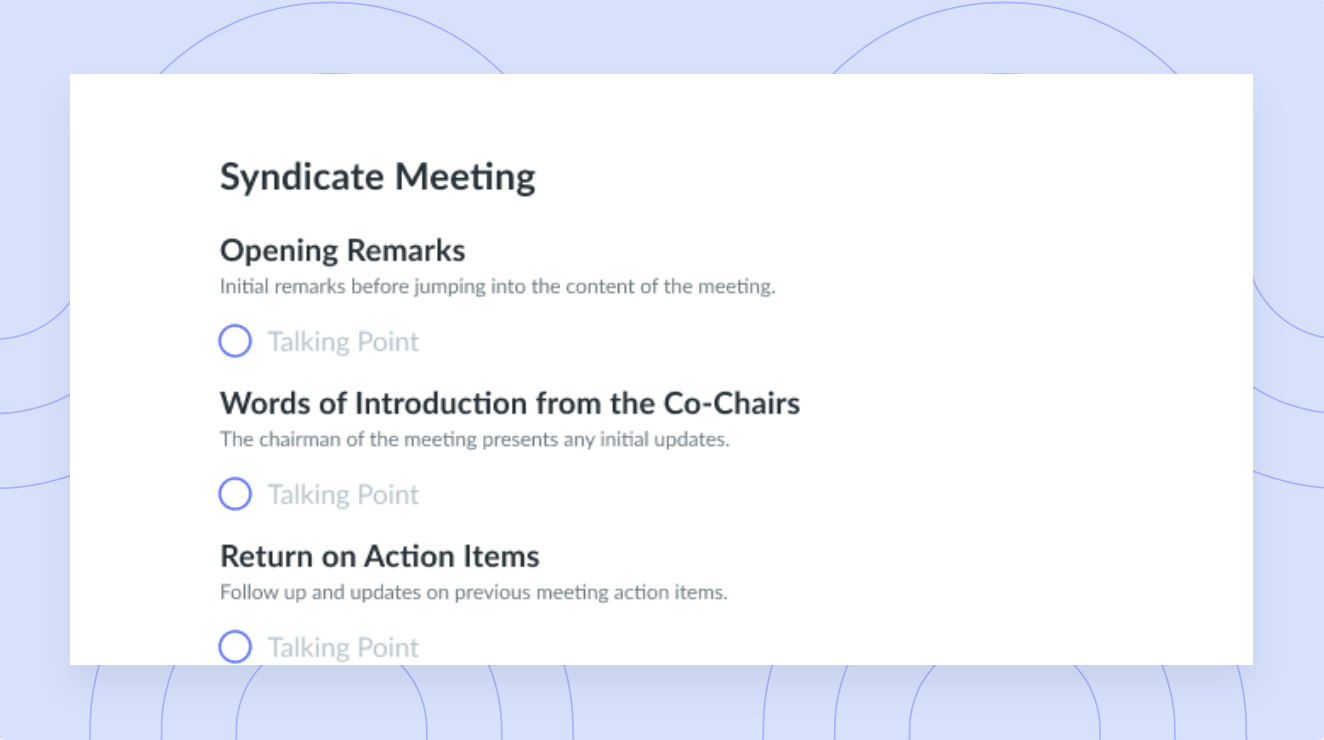8 Unconscious Bias Examples and Ways to Avoid Them
Identify and eliminate bias in the workplace with these unconscious bias examples and comprehensive ways to avoid them, so that you can build and maintain a diverse and inclusive workforce.
Building and developing a diverse workforce should be an absolute priority for any organization looking to thrive in today’s market. With diversity though, comes more susceptibility for unconscious bias. Sometimes this unconscious bias is difficult to identify within ourselves- well, because it’s unconscious!
For that reason, Fellow has created several unconscious bias examples to familiarize you with everyday occurrences that can easily be avoided.
To highlight the importance of eliminating unconscious bias, take a look at this excerpt from the Harvard Business Review, where they highlight the goal of creating a bias free work environment:
“The goal is to create workforces that are more inclusive, and thereby more innovative and more effective. Studies show that well-managed diverse groups outperform homogeneous ones and are more committed, have higher collective intelligence, and are better at making decisions and solving problems.”
What is unconscious bias?
So what is unconscious bias, anyway? The University of California defines it well, articulating:
“Unconscious biases are social stereotypes about certain groups of people that individuals form outside their own conscious awareness. Everyone holds unconscious beliefs about various social and identity groups, and these biases stem from one’s tendency to organize social worlds by categorizing… Certain scenarios can activate unconscious attitudes and beliefs. For example, biases may be more prevalent when multi-tasking or working under time pressure.”
Where many people use implicit biases in everyday life, and are unaware of it, it is the responsibility of your company to mitigate and gradually eliminate unfair biases in order to level the playing field for all of your teammates.

8 examples of unconscious bias in the workplace
Let’s take a look at the types of bias that typically occur in the workplace:
1. The Halo Effect
We’ll start with this once because it’s a pretty common unconscious bias. The halo effect is a cognitive bias whereby you attribute positive characteristics to someone based on only one well-known trait. In other words, an individual’s performance or character is generalized based on just one characteristic or event that has taken place.
This can skew your company’s feedback positively (the halo effect) or negatively (the horn effect) so it’s important that you remain aware of this bias and make your judgements in a fair, objective manner.
2. Gender Bias
We’re all far too aware of the gender biases that exist in workplaces across the world. Often, it is a sought after characteristic to be assertive and confident for a man, but when a woman portrays similar characteristics, she becomes bossy and arrogant.
Negative gender bias, which typically affects women and other minority groups (like mentioned in the example above), will inevitably lead to female employees feeling undervalued, unmotivated and less engaged in their work (for good reason!).
Level the playing field and give all of your employees the confidence to share their thoughts and opinions in an open and inclusive environment.
3. Affinity Bias
It’s normal to get along well with like-minded people, but recognizing that this is our natural tendency is important. Affinity bias (also known as conformity bias or similarity bias) emerges when people tend to connect with others who share similar interests, experiences and backgrounds.
Individuals seem to disengage with people who they feel they don’t have much in common with.
The worst part about this is that it is so interesting and valuable to have exchanges with people who are different from us. Different thoughts, opinions, backgrounds, etc. provide us with alternative perspectives and an opportunity to learn, grow and expand our horizons
4. Confirmation Bias
Confirmation bias refers to making a certain decision and then seeking out information that supports that decision, while turning a blind eye to any opposing facts or standpoints. Having such a firm opinion on the way things should be done at work is extremely limiting.
What would you be gaining by turning a blind eye to a more effective, meaningful and impactful decision? There’s no value in proving that you are “right”. Try looking at all of the facts and then working with your team to come up with the most effective, unanimous plan of action.
5. Recency Bias
Recency bias just means that you’re remembering the most recent occurrence of something, rather than an overall accumulation of occurrences, events or performances. This is a commonly observed cognitive bias that you need to especially be aware of for performance reviews.
If you’re judging your employees based on their most recent performance, it’s unlikely that this is a fair representation of their overall competence in their role (whether you are judging them positively or negatively).
Instead, maintain a record of their performance so that you can look at their previous accomplishments and their improvements throughout their time at the organization. This is going to facilitate a more honest and fair review of their performance and impact.
Use a real-time feedback tool like Fellow to incorporate opportunities for feedback into your team’s day-to-day experience.
6. Age Bias
You’ve become a victim of age bias if you’ve made a decision or assigned a team member to a particular task based on how old they are. There’s a running assumption that young people are super savvy with technology or social media but it doesn’t mean that you should only assign younger employees to these responsibilities.
Likewise, just because you have an older employee with more experience, it doesn’t mean that more tedious, procedural tasks should only be assigned to your older employees.
7. Attribution Bias
Be weary of attribution bias. This kind of bias occurs when you try to make sense of or judge an individual’s behavior based on prior observations and interactions you’ve had with that person.
In turn, these previous interactions tend to make up your entire perception of them. This is especially important to avoid during the hiring process. If you see something that doesn’t seem to quite fit on a candidate’s resume, ask them about it and don’t assume!
Just because one component doesn’t quite line up with what you’re looking for, it would be silly to rule them out without giving them a fair chance.
8. Sunk Cost Bias
This kind of bias takes place when we’re basically trying to hold on to a lost cause… Sunk cost bias is the tendency to continue investing in a losing proposition because of what it has already cost you or the organization. Because of time, money or energy that has been spent, we lose sight of what actually makes sense for the organization to get the real value out of an additional consultant, a new software, an irrelevant training program, etc.
Better valued is honesty and the ability to recognize when something is no longer of value to you and your team. Forbes advises in a recent article regarding sunk cost bias:
“If you find yourself in a hole, stop digging.”
8 ways to avoid unconscious bias in the workplace
Now that you feel more aware about the kinds of biases which may exist in your workplace, let’s go through a functional list of ways that you can actively avoid unconscious biases to promote a diverse and inclusive work environment that prospers.
1 Learn to recognize examples of unconscious bias
The first step in enabling your organization to avoid unconscious bias is to be aware of the different kinds of biases that exist. Educate yourself and educate your team about these very real types of prejudice and discrimination. If and when you notice that some kind of bias is taking place, take immediate action.
2 Assess which biases are most likely to affect you, and your company
Think about yourself, your team and company culture. Which kinds of unconscious biases are most likely to affect you? Once you’ve identified which kinds of biases you’re the most susceptible to, you can use this awareness to create preventive measures against them.
3 Remove bias from your hiring approach
Get rid of your cookie cutter approach to hiring. Remember that we learn and grow from acquiring unique individuals with differing skills, opinions and perspectives.
4 Diversify management:
Ensure you have implemented a means to acquire and maintain a diverse workforce. Diversity isn’t always about race or culture. In fact, it’s really important to consider gender, age, skills and abilities within your diversity management approach.
5 Modernize your approach to hiring
Take some time to revamp your hiring process so that you don’t get caught in all ways. Read about market trends and effective means to attract the best talent. Be open to different approaches! It’s likely that you’ll have to try out a few different means before you find what works best for you.
6 Let data inform your decisions
Numbers don’t lie! Avoid biases by accumulating meaningful data from your employees so that you can be confident in the decisions that you make. Data becomes even more meaningful over time, highlighting particular patterns and trends so don’t sleep on this- start compiling data ASAP.
7 Encourage team members to speak up about biases
Honesty is the best policy, but sometimes people can be shy to speak up. It’s so important to create a safe environment so that employees feel comfortable to come to you with any issues that they may be experiencing. If there are biases taking place, better to know about it and take action right away. Make it clear to employees that you want to and need to know if they’re witnessing or experiencing bias at work.
8 Hold employees accountable
Hold your employees accountable by asking for rationales, explanations and clarifications on their stance. Challenging opinions and decisions is going to promote transparency and also make employees aware of their own decision-making processes.
Final Thoughts
We want to close talking about the idea of contrast effect. Contrast effect means adding (or in some instances, reducing) value to people and projects, what we perceive and how we analyze them. Contrast effect changes our perception for the good (or bad- but let’s stick with the good), when exposed to particular events. This idea coincides with the fact that once we’re aware of unconscious biases, we can transform the way we think and make effective business decisions.
Being aware of biases is great- but taking action for the better is what will drive you to meet your organizational and diversity related goals.
We hope that this article has been useful in describing common implicit biases in the workplace and comprehensive means to avoid them.
As always, thanks for dropping by! Feel free to share this article with a friend or colleague who might enjoy it.









